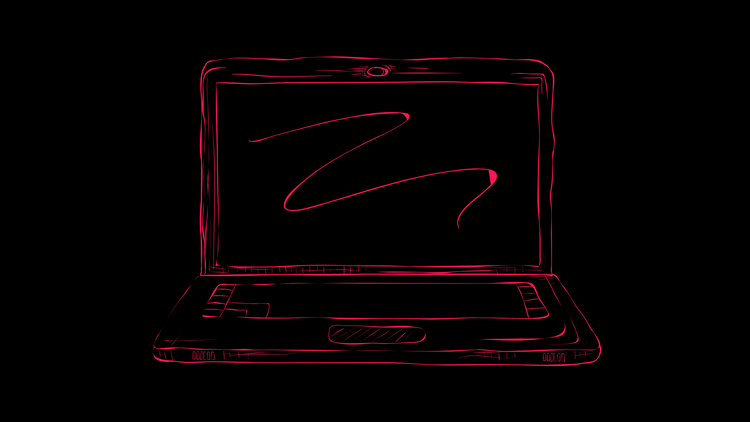American Carnage
Imagine, for a split second, this scenario: tomorrow, August 6th, 40,000 Americans are shot. Every one of them dies.
Or, the day after, 47,000 people overdose. Or, the day after that, 160,000 people die from a climate-related illness.
Would you feel compelled to do something?
Part of the answer lies in how we perceive the closeness and scope of risk. People have an incredible ability to abstract away incremental trauma. It helps us cope with uncertainty. We expect occasional shootings, as long as they happen to someone else, but view them as random events in a long-running problem.
But 40,000 people murdered in a single day would violate our moral code. We would perceive it as a specific, immediate threat instead of a general, future risk. It would shock us into collective action.
September 11
On 9/11, the day my life forever changed, 2,977 people were murdered. The terrorist attacks, which happened over hours, were geographically isolated. We could literally watch the last moments of people’s lives on television. We couldn’t abstract away the trauma. We had to feel every bit of it.
The only thing we could do was respond. And, for better or worse, respond we did.
America’s whole-of-society response is twenty-years in the making. It has launched wars, claimed 6000+ American lives (and many others), and remade America’s place in the world. If it ever ends, America’s response will end up costing upwards of $10 trillion.
Today
In contrast, today’s most significant threats – objectively, much larger in scope – are less acute. They are spread out over time and geography. Because they are incremental, many people accept them as inevitable. For self-interested reasons, so-called leaders seek to diminish these threats.
Yesterday was a good example.
The threat here is not, generally, guns; no one cares about six-shooters, old shotguns, or hunting rifles. Rather, the specific, immediate threat is how easily dangerous people can buy weapons of war, secure body armor and military gear, and live within online communities that encourage their blood lust.
But gun violence is abstract to most people. It only becomes real when our daughters are the ones at the end of an AR-15. Since it happens incrementally, it has not yet mobilized wide-scale collective action.
The larger risk, though, extends well beyond El Paso and Dayton. It is our society’s seeming inability to distinguish between and deal with long-term, persistent challenges. In early times, this is when we would rely on leaders to help us understand, assess, and distinguish between critical and marginal challenges.
The root cause of this problem is that too many Americans live without any sense of shared community. We don’t learn together, work together, pray together, fight together, or eat together. We don’t do things that allow us to know each other. We are strangers in our own land.
This confusion creates clear openings for craven demagogues. They thrive by pitting one side against the other.
Demagogues
They tell us that we are right and others are evil. They encourage our rage and point it at the fantasy-world machine. They predict us-vs-them showdowns and warn us to arm like modern-day crusaders. They call lies reality. They compare people to animals. They claim a country with a $19 trillion GDP is a dystopian, victimized wasteland. They tell us not to worry about a burning planet and diminishing life expectancy. They tell us they — and only they — can fix the-never-quite-defined it.
Of course none of it is true. Demagogues use manufactured threats to keep their disciples in perpetual uncertainty.
In the world of ascendent demagogues, love is not the best response to hate. Unshakable, widespread moral clarity is.





